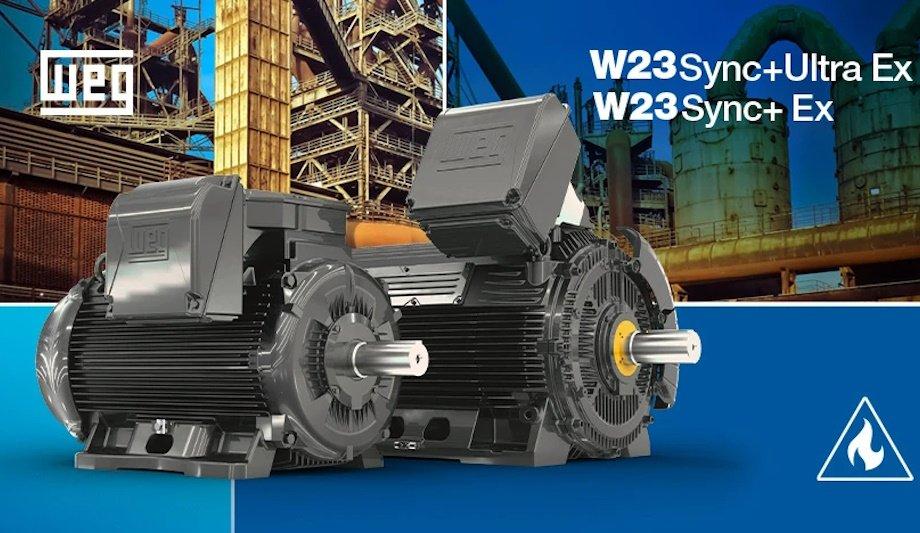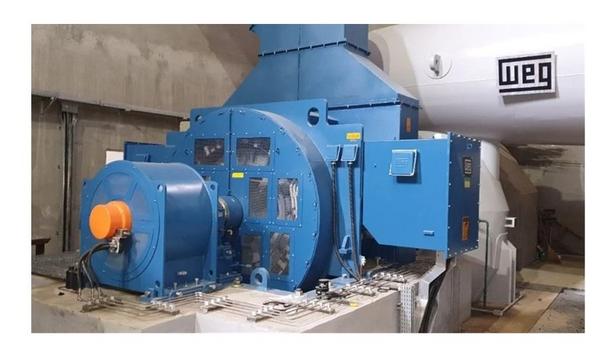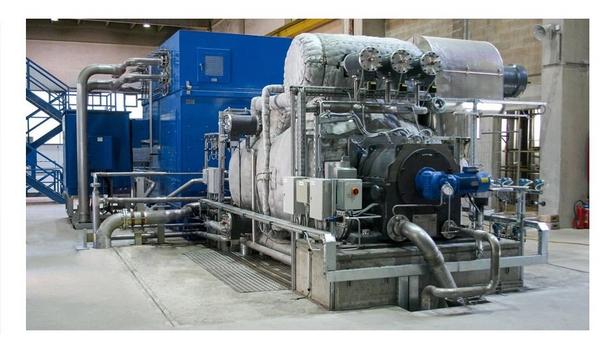Environments with the presence of an explosive atmosphere, known as hazardous areas, require special care in the construction, installation and selection of electrical equipment to avoid the risk of explosion.
Electric motors may become a source of ignition when operating in a hazardous environment. In order to prevent such risk, they must be designed with some specific characteristics that enable them to operate safely. The correct selection of the equipment, respecting the classification of the specific area, and the proper installation and maintenance are essential to guarantee the safety of people and facilities.
Development of new technologies
W23 Sync+ motors certified for hazardous areas operate at a maximum temperature of 135°C
Constantly investing in the development of products and new technologies, WEG expanded the W23 Sync+ line to serve applications in hazardous areas too. The most efficient electric motors on the market are now able and certified to operate in areas classified as Class I, Div. 2, Groups A, B, C and D and additionally optional Class I, Zone 2, Groups IIC, IIB, IIA (Ex protection type: Ex eb increased safety).
Furthermore, W23 Sync+ motors certified for hazardous areas operate at a maximum temperature of 135°C (temperature class T4), ensuring greater protection against self-ignition of the explosive atmosphere present in the motor installation environment.
WEG's commitment
The W23 Sync+ line includes the broadest range of synchronous motors on the market for hazardous areas with power of up to 1,250 kW, in frame sizes 143 to 7006, which can be used in many different industries, where they guarantee safety and reliability, in addition to promoting lower energy consumption through their high level of efficiency, such as IE5 (W23 Sync+) and the expected level IE6 (W23 Sync+Ultra).
The CSA certification for this product line reinforces WEG's commitment to efficiency and sustainability, expanding its efficient product lines to serve market segments that require compliance with legal requirements and international standards for operation in hazardous atmospheres.


